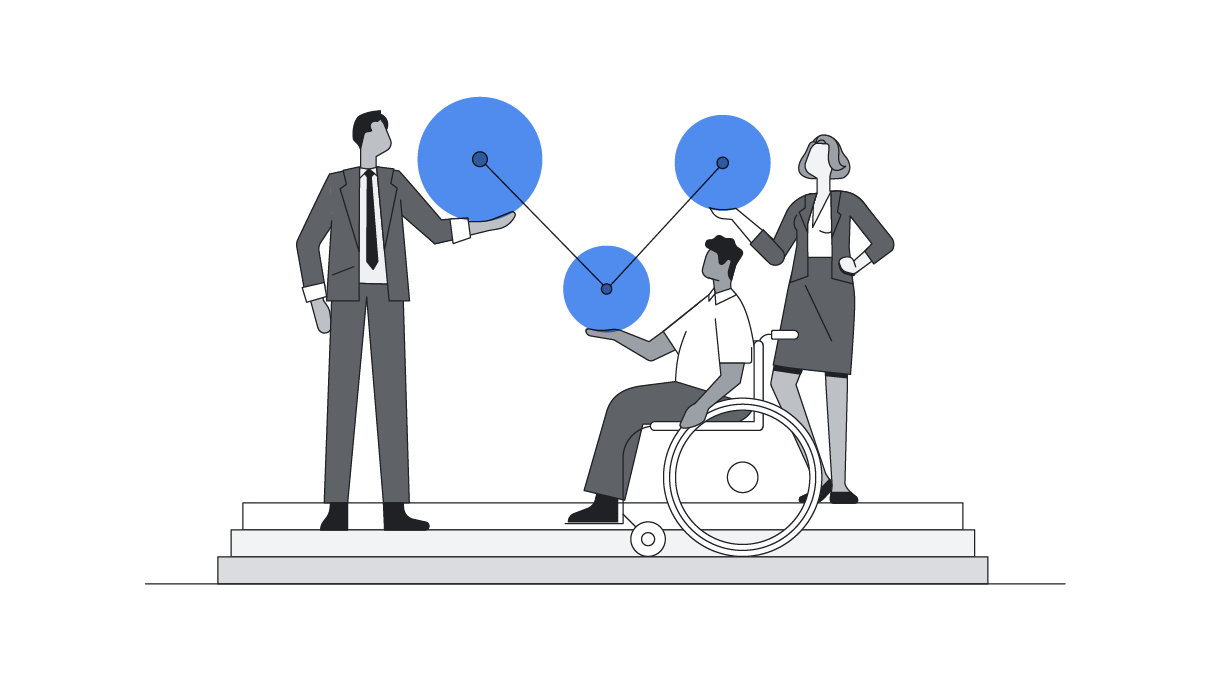It’s been almost 20 years since Vanden Borre, one of Belgium’s leading consumer electronics retailers, opened its first webshop. They were among the first in the country to do so — and while customers were reluctant at first, the retailer recognised that the internet offered ample opportunities to connect with new shoppers.
“My predecessor was very visionary in embracing online,” says CEO Charles-Henri de Maleissye-Melun. “But we needed to fight for it as the internet was still so new back then. We needed to show our customers how it was going to bring value to their lives.”
The team at Vanden Borre was able to do this by offering services that clearly demonstrated how online could enhance the overall shopping experience, such as click and collect. And ever since then, building seamless connections between online and offline has been the company’s main priority.
But as the consumer journey became increasingly complex, it was harder for Vanden Borre to measure the effectiveness of each individual channel. In search of a solution that would help them make better business decisions, they worked with Google and data analytics partner GfK to conduct media mix modelling (MMM). Here’s how the findings informed the retailer’s long-term omnichannel strategy.
The challenge of omnichannel measurement
While Vanden Borre was successful in offering their customers seamless omnichannel experiences, COVID-19 made them realise that their measurement of this success was still lagging behind.
The marketing mix model showed Vanden Borre that they weren’t spending their money as efficiently as they could.
“As our online marketing spend increased rapidly during the pandemic, it became clear that we needed to ensure measurement unification across our omnichannel activities,” says Jeremie Alhadeff, Vanden Borre’s performance marketing specialist. “We still took an old-fashioned approach to measuring TV and radio, and our online performance was based on last-click attribution.”
To close the gap, Google and GfK conducted MMM research using three years’ worth of business data, including level of investment, sales contribution, and return on investment (ROI) for all omnichannel activities. This allowed them to create a model that provided a total view of the marketing funnel, making it easier to see exactly which channels were most effective in driving online, offline, and total sales.
The power of Search — online and offline
This new model was groundbreaking for Vanden Borre as it allowed them to clearly see the relations between marketing channels and sales for the first time, including between Google Search and offline sales, radio and in-store traffic, and TV and online sales. As such, it allowed them to see the true omnichannel impact of their marketing.
They discovered that TV and Search were the only channels significantly driving both online and offline impact. And Search was generating the largest offline — and overall — sales of all their marketing channels. While this was expected due to a larger budget allocation in their media mix, they weren’t previously aware that Search also had the highest ROI, making it their most efficient driver of overall traffic. To better measure this going forward, the retailer has now integrated offline sales data into Google Ads.
“As our online marketing spend increased rapidly [...] we needed to ensure measurement unification across our omnichannel activities.”
“Search plays a big role in our marketing plan as it contributes to all stages of the shopping journey,” explains Alhadeff. “Paid Search campaigns can direct to any landing page, but with Local campaigns we also use it to encourage people to visit our physical stores through things like click and collect.”
Pushing long-term strategies
But driving long-term customer loyalty takes more than running Search ads, which is why the retailer firmly believes in the importance of being present across all channels. By revealing the channels in which they were either investing too much or too little, the model showed Vanden Borre that they weren’t spending their money as efficiently as they could.
“We’ve had to make major changes to the way we allocated our budget and how we set up our ads,” says Alhadeff. “To drive optimal effectiveness we need to avoid every wasted euro, and that’s a case of ensuring that all aspects of a campaign — from asset production to messaging and audience segmentation — are aligned and optimised for each channel. That need for unification came to us on the back of the MMM. It essentially sent us back to the drawing board.”

The retailer built a new and unified operational framework for campaign management, which was previously siloed between marketing, branding, and conversion teams. In breaking down every step of campaign creation, they were able to align deliverables and optimise each of them for return on ad spend (ROAS) from omnichannel activities.
The team also focused on increasing footfall from Search by doubling down on Local campaigns in November and December, driving 41,000 new store visits. Spread across Vanden Borre’s 73 physical stores, that means an average uplift of 550 visitors per store driven by online.
In addition, the MMM showed that campaigns with the highest incremental ROI typically included video, so Vanden Borre also doubled down on video creatives and YouTube ads. For Black Friday and Christmas, they launched video campaigns optimised for store visits, which resulted in over 13,000 store visits over the festive period.
While these relatively small adjustments are just the start of Vanden Borre’s plans to shift their long-term strategy, it does show how omnichannel measurement through media mix modelling can help businesses be more efficient and drive stronger results.
“The MMM showed us that we couldn’t grow any further by just continuing down the same path. We needed to redefine our strategy, and that’s what we’ll continue to do,” confirms CEO de Maleissye-Melun.





